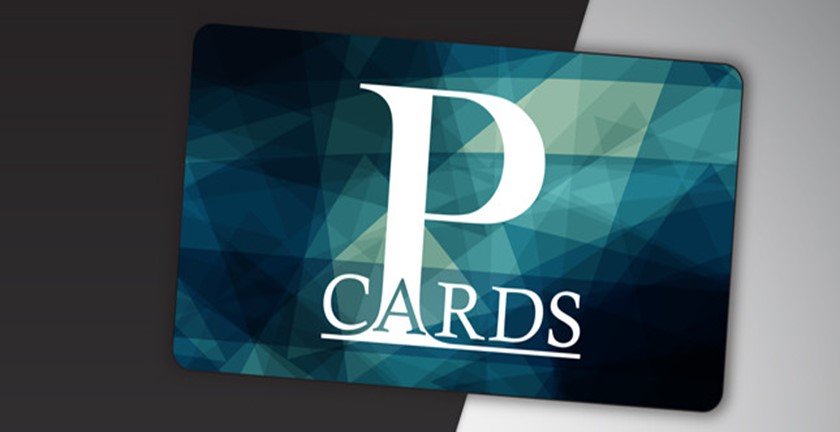Image source: smartprocurement.co.za
Procurement cards commonly known as P-Cards have been on the rise over the decade. They have replaced the traditional methods of buying goods and services from suppliers. P-cards allow the employees of the company to conveniently purchase goods from suppliers without going through issuing of the purchase order process.
Before considering using P-cards for the growth of your business, look at the following pros and cons.
Pros:
1. Efficiency: Procurement cards provide you with an efficient way to carry out a transaction. It reduces the purchase cycle time and payments are accurately received within minutes.
2. Card control and monitoring: P-cards are essential for maintaining control and monitoring of your company’s spending habits. Exercising great internal card control helps reduce fraud.
3. Convenience: Using the card for payment is much easier and quicker. Having a dedicated p-card for the company makes employees work easier since they don’t have to worry about spending their own money which will be reimbursed on business expenses.
4. Cash flow management: It frees up the company’s working capital since payments of all p-card bills are processed within 56 days after the receipt of a statement.
5. Transparency: It makes spending visible. Details of all transactions are broken down to what was bought and when making it easier to reconcile all the purchases.
6. Robust reporting: P-cards offer e-invoice data which is integrated directly into the ERP system and attach account details with the transaction data. This information can generate reports and journals quickly.
7. Information: Information gathered from the p-card use can be used to identify fraud and determine the company’s spending. It can also improve the company’s bargaining power with suppliers.
8. Global recognition: Majority of p-cards are recognized globally and you can use them for foreign travel purchases which can benefit your company from better exchange rates.
9. Rebates: Some P-card vendors offer points and cashback guarantees saving the organization some money in the long run.
10. Reduce administration: You can set the card to make payments for one bill each month and generate itemized monthly statements. This helps reduce accounting and administration tasks.
Cons:
1. Fraud and misuse: Some employees can use p-cards for personal purchases instead of using them to pay for business expenses. Some of this may be unintentional misuse if they don’t know how the system works and in other cases, the employee is taking advantage of the system and committing fraud.
2. Policy changes: P-card vendors keep on developing policies for the card system to curb out bugs. Reviews are done regularly and the card policies keep on changing affecting your business.
3. Debt: The convenience of the p-cards and the 56 days payment period can tempt to overspend leading to accumulation of debts for the business.
4. Not effective as ERP: Procurement cards don’t provide the level of visibility as the ERP system.
5. Confusion: There are multiple ways to place orders using the different p-cards and this can lead to confusion to employees who don’t know the proper procedure for each type of purchase.
6. Training: You need to train and retrain the employees on the usage of the p-card system to avoid any misuse of the cards and this may be time-consuming and an added expense to the company.
7. Incomplete information: If the p-card is not integrated with another purchase data system, it will give you incomplete information unsuitable for analyzing the company’s spending.
8. Require a lot of reviews: If no one is monitoring and reviewing the P-cards information and controlling function, then it becomes null and void. The review process takes time and personnel to complete more than a thousand transactions and companies have no time to spare.
9. Diversion of resources. Reconciliation of p-card statements with purchase log and distribution of charges to the right account can lead to diversion of resources.
10. Charges: There are high-interest rates, increased charges for late payments, and annual fees associated with the card.



